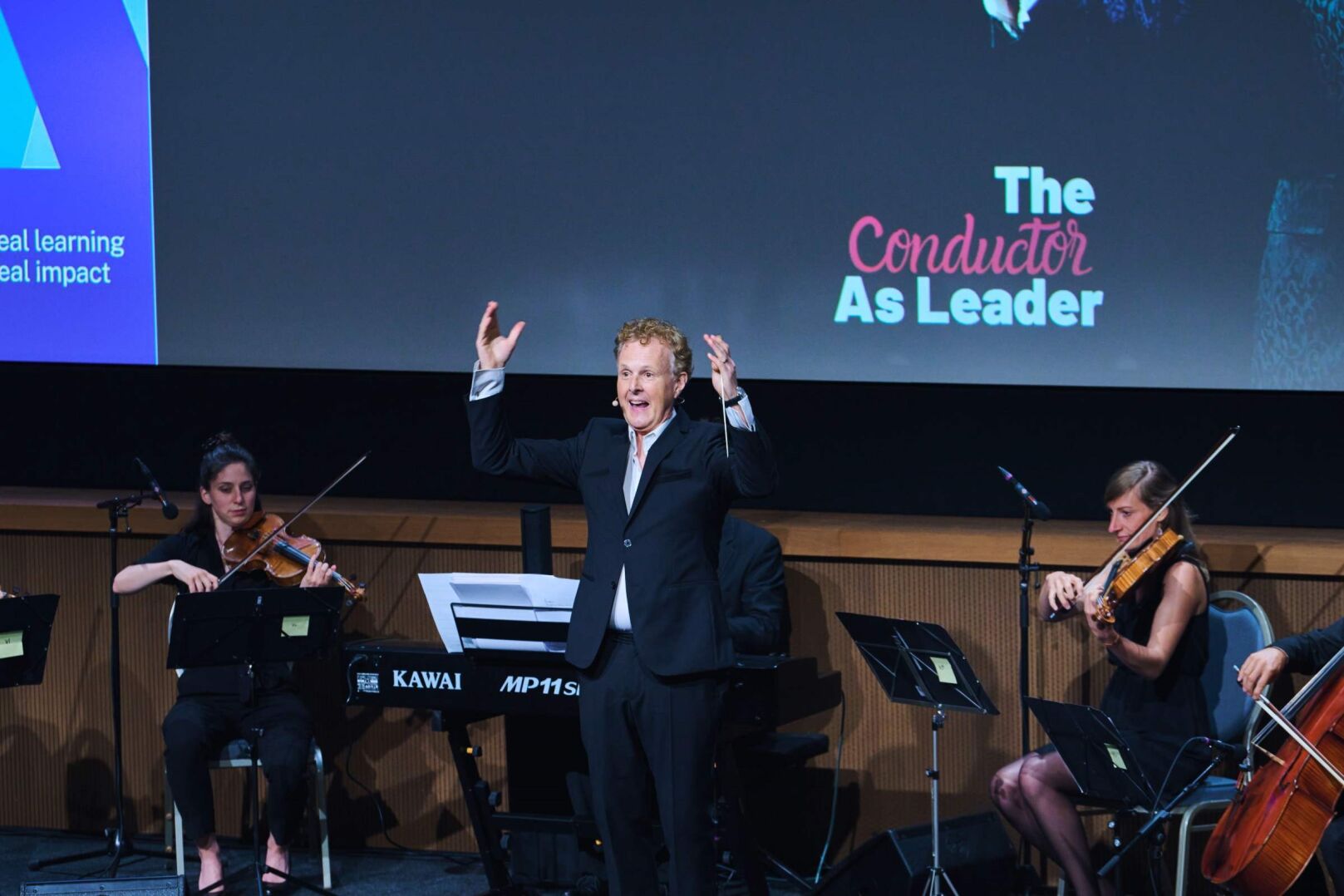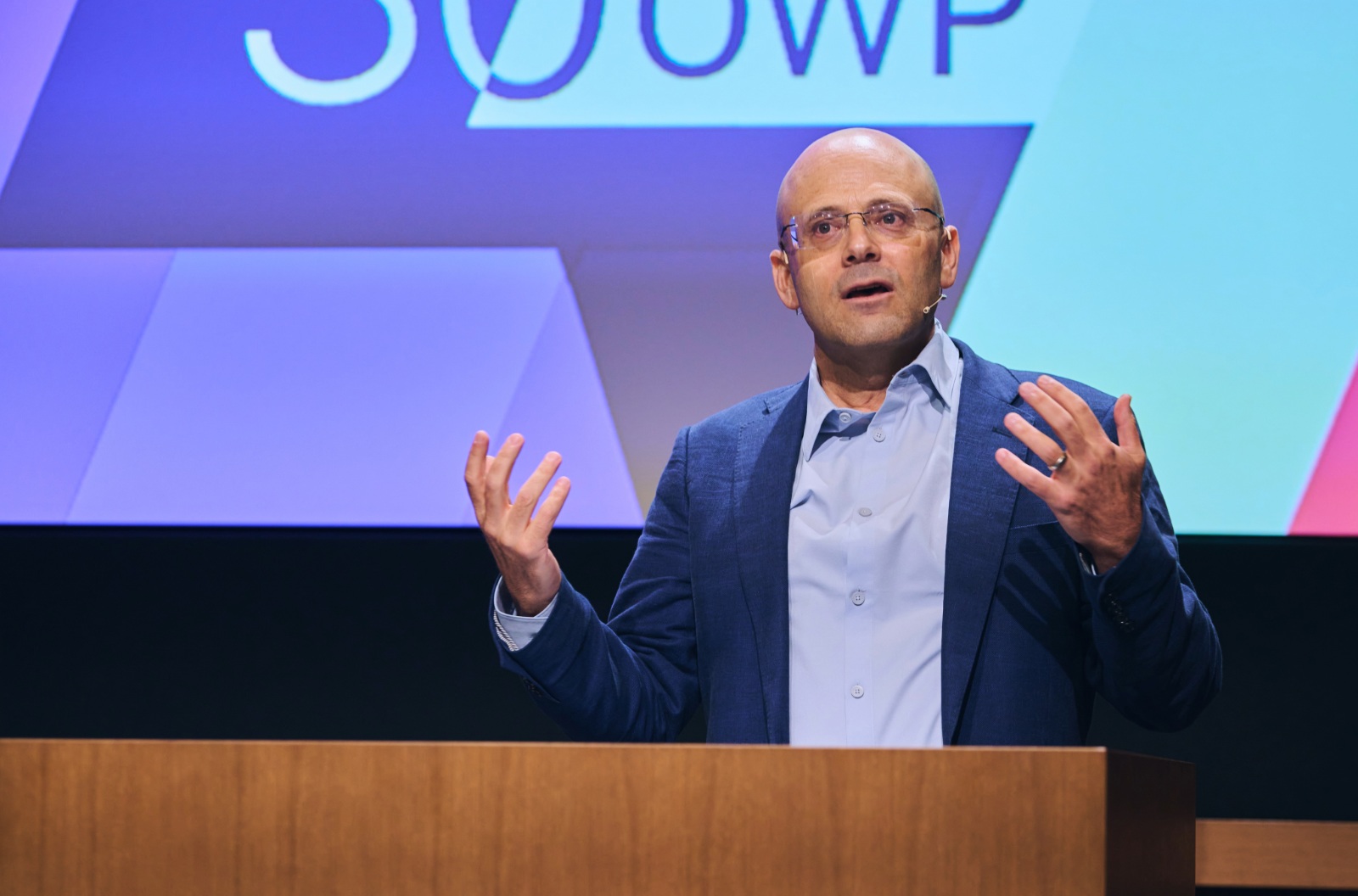
Is VUCA the end of strategy and leadership?
We’ve all been in meetings during which two parties were arguing about whether they should spend their time discussing strategy or focus on organizing immediate action. This kind of debate is likely to become more and more frequent.
Why should we care about strategy? Why bother working on sophisticated strategies when everything around us is changing all the time?
Countless articles are being published every day highlighting how Volatile, Uncertain, Complex and Ambiguous (VUCA) the world has become. In 2008, the financial crisis shook the fundamentals for a long period, and many even agree that things will never be the same again. Early in 2015, when the Swiss National Bank decided to do away with its cap of CHF 1.20 on the exchange rate to the Euro, it caught everyone unprepared both inside and outside the country. The price of oil is constantly exposed to technical, geopolitical and regulatory changes, causing unexpected effects with impacts beyond individual economies. We could mention numerous other events.
At the same time, many established businesses are facing challenges from technological evolutions. New companies come to life and offer services that were non-existent just a few years back and completely modify the business landscape; think about Airbnb founded in 2008, or Uber founded in 2009. Firms or business models that were previously undisputed suddenly find themselves in survival mode. They have to engage in transformation journeys that may go as far as overturning their historical identity. Who would have imagined that TAG HEUER, the traditional watch brand, would partner with Google and Intel?
Is this magnitude of change new?
“If we want things to stay as they are, everything will have to change.” This is one of the most memorable sentences in the novel The Leopard by Sicilian author Giuseppe Tomasi di Lampedusa, when the nephew of the main character, Sicilian nobleman Don Fabrizio Corbera, the Prince of Salina, was trying to convince his uncle to change strategy. The book is all about forces threatening the status quo through class struggle during Italian unification.
So change is not new, and the influence of external factors is an often-examined topic in academic literature. So what is different now?
What is different is that the pace of change, the immediacy, the extent of impact and the number of factors to be taken into account have drastically increased.
Under these conditions, can managers still think about strategy in the same way as before?
Since change is no longer the exception but has almost become the rule, we also need to adapt the way we think about strategy and implementation. The conventional “set the goal – plan – execute the approved plan” approach clearly does not work anymore. We need to put the factors that impact the execution of our critical initiatives (which I call stakefactors) at the center of our strategic thinking and embrace a “context-mindful” framework.
The mission in the film Apollo 13 illustrates this concept adeptly: The explosion of the number-2 oxygen tank quickly created a life-threatening crisis. A stakefactor (the incident) completely changed the game: It impacted the context of the mission by affecting many technical parameters, which triggered the reassessment and change of the overall goal to: “bring the crew back safely.” As a consequence, the strategy changed, and the execution plan was completely rebuilt after the operations team went through complex simulations.
As well as modifying how we approach the execution of strategic initiatives, VUCA brings two additional consequences:
1] Strategic thinking becomes an imperative: By acknowledging the impact of stakefactors on our courses of action, we are pushed to make more decisions. By definition, strategy is about evaluating options and making choices. We consider trade-offs, quick wins, absolute priorities, acceptable losses and other aspects. We cannot make these decisions without being acutely aware of the context in which we are acting: A good chess player does not only focus on the opponent’s king, but constantly analyzes all the other pieces to adapt his or her strategy.
There is one caveat: Being context-mindful does not mean continually changing strategy. But it does mean recognizing that the pertinence of the strategy needs to be reassessed more frequently. In addition, since a strategy adjustment may by definition trigger a modification of the plan, this has the virtue of making the whole system more agile (Fig. 2).
2] Leadership becomes crucial: The profile of the leader needs to evolve. Stakefactors, because of their number and the uncertainty of their impact, contain the gene of stress and indecisiveness. So the leader’s aptitude to break the pattern by taking a thoughtful position and articulating an agile strategy is crucial.
The second leverage point is the leader’s ability to unleash everyone’s potential by instilling and encouraging adaptability in others. Decreasing employees’ anxiety in the face of change by proving that challenges can become opportunities is going to be a critical enabler of peak performance and a competitive advantage.
In a nutshell, approaching strategy and leadership without considering context and stakefactors is close to an act of “belief,” and “belief” alone has never been a good idea in business. A small project can simply be executed, but a large transformation initiative has to be navigated. So no, VUCA is not the end of strategy and leadership. We need both more than ever!
Marco Mancesti is R&D Director at IMD and an alumnus of the High Performance Leadership (HPL), the Advanced High Performance Leadership (AHPL), Orchestrating Winning Performance (OWP) and Organizational Learning In Action (OLA) programs.
Research Information & Knowledge Hub for additional information on IMD publications
Despite geopolitical upheavals that threaten global growth, companies continue to see business opportunities across borders. As leaders strategize how to position their operations amid war, trade disputes, disease outbreaks, and climate change, ha...
in I by IMD
Research Information & Knowledge Hub for additional information on IMD publications
in I by IMD
Research Information & Knowledge Hub for additional information on IMD publications
Research Information & Knowledge Hub for additional information on IMD publications
Research Information & Knowledge Hub for additional information on IMD publications
Research Information & Knowledge Hub for additional information on IMD publications
in I by IMD
Research Information & Knowledge Hub for additional information on IMD publications
in I by IMD
Research Information & Knowledge Hub for additional information on IMD publications
in I by IMD
Research Information & Knowledge Hub for additional information on IMD publications
Research Information & Knowledge Hub for additional information on IMD publications
in I by IMD
Research Information & Knowledge Hub for additional information on IMD publications










